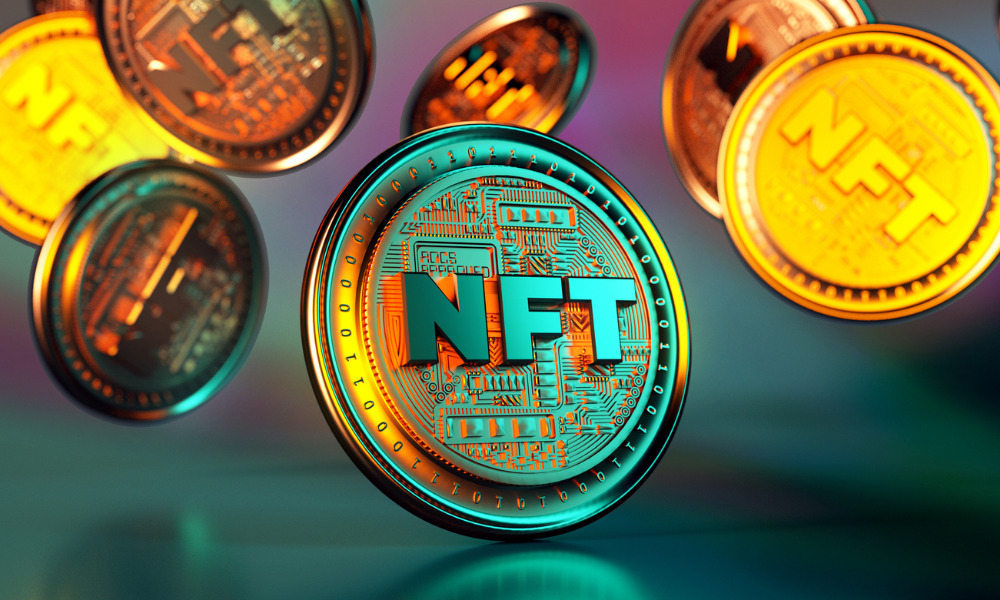

In 2021, a piece of digital art sold at auction for $69 million. The iconic sale of "Everydays: The First 5000 Days" from Beeple was the first time most of the world took any notice of NFTs.
Two years on, following something of a frenzy for investing in the burgeoning assets, most are worthless, according to a report from crypto and blockchain review site dappGambl.
Monthly trading volume in NFTs peaked at $2.8 billion in August 2021, but in July 2023 it had slumped to just $80 million — just 3% of its peak — although some believe AI could inject new life into NFTs.
“We now find ourselves in the midst of a bear market for NFTs, with numerous projects now struggling to find buyers following a pessimistic market outlook on their future value,” Vlad Hategan, NFT gaming specialist, wrote on the site.
The site used data from NFT Scan and analyzed more than 73,000 NFT collections, discovering that almost 70,000 of them have a market value of 0 ether (most NFTs are part of the Ethereum blockchain).
The analysis estimates that 23 million people who have invested in NFTs, or 95% of all those who invested in them, are holding worthless assets.
Even when considering the top NFTs, the research revealed that 18% have zero value, 41% are valued at $5-100, and less than 1% have a value greater than $6,000.
Meanwhile, financial advisors should wait for regulations to emerge around crypto assets called non-fungible tokens before recommending them to clients, experts said following the SEC’s first enforcement action involving NFTs.
A key issue in the NFT space now is that 79% of all collections are unsold.
The oversupply of assets has created a buyer’s market and those who may be interested in investing can be choosy.
“It is a stark reminder that, while the NFT space has introduced a revolutionary new model for ownership and the monetization of digital assets, it remains a highly speculative and volatile market,” the report highlights.
Additionally, there is concern around the environmental impact of NFTs which consume a large among of energy in their creation.
However, all this does not necessarily mean the end for NFTs.
“As the market matures, NFTs are likely to increasingly pivot from mere collectibles to assets with tangible utility and significance,” Hategan concluded.

A new proposal could end the ban on promoting client reviews in states like California and Connecticut, giving state-registered advisors a level playing field with their SEC-registered peers.

Some in the industry say that more UBS financial advisors this year will be heading for the exits.

The Wall Street giant has blasted data middlemen as digital freeloaders, but tech firms and consumer advocates are pushing back.

Research reveals a 4% year-on-year increase in expenses that one in five Americans, including one-quarter of Gen Xers, say they have not planned for.

Raymond James also lured another ex-Edward Jones advisor in South Carolina, while LPL welcomed a mother-and-son team from Edward Jones and Thrivent.
Orion's Tom Wilson on delivering coordinated, high-touch service in a world where returns alone no longer set you apart.
Barely a decade old, registered index-linked annuities have quickly surged in popularity, thanks to their unique blend of protection and growth potential—an appealing option for investors looking to chart a steadier course through today's choppy market waters, says Myles Lambert, Brighthouse Financial.
